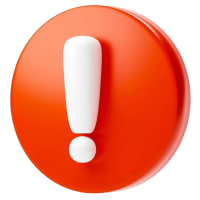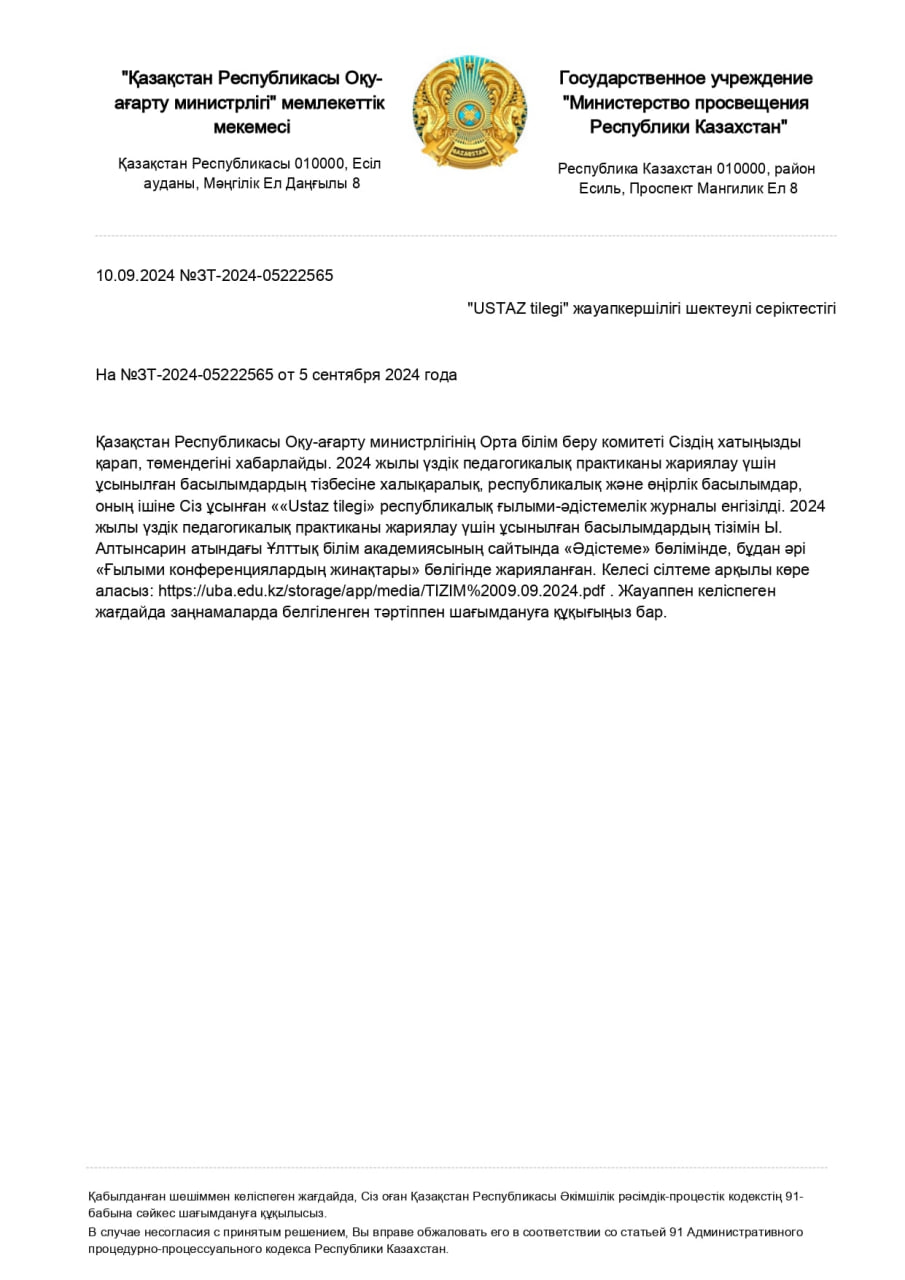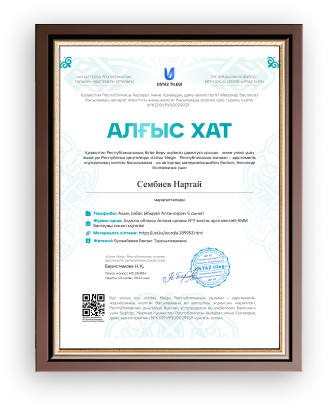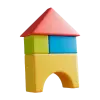
Lesson plan
|
Long-term plan: Unit 5 Creativity
|
School: Daryinskaya Secondary school |
||||||||||||||||||||||||||||||||||||||||||||||||||||||||||||||||||||||||||||||||||||||||||||||||||||||||||||||||||||||||||||||||||||||||||||||||||||||||||
|
Date: |
Teacher name: Samartseva D.R. |
||||||||||||||||||||||||||||||||||||||||||||||||||||||||||||||||||||||||||||||||||||||||||||||||||||||||||||||||||||||||||||||||||||||||||||||||||||||||||
|
Grade: 5 |
Number present: |
absent: |
|||||||||||||||||||||||||||||||||||||||||||||||||||||||||||||||||||||||||||||||||||||||||||||||||||||||||||||||||||||||||||||||||||||||||||||||||||||||||
|
Lesson title: Music Holidays |
|||||||||||||||||||||||||||||||||||||||||||||||||||||||||||||||||||||||||||||||||||||||||||||||||||||||||||||||||||||||||||||||||||||||||||||||||||||||||||
|
Learning objectives(s) that this lesson is contributing to |
5.S7 Use appropriate subject-specific vocabulary and syntax to talk about a limited range of general topics 5.R2 Understand with little support specific information and detail in short, simple texts on a limited range of general and curricular topics 5.W1 Plan, write, edit and proofread work at text level with support on a limited range of general and curricular topics |
||||||||||||||||||||||||||||||||||||||||||||||||||||||||||||||||||||||||||||||||||||||||||||||||||||||||||||||||||||||||||||||||||||||||||||||||||||||||||
|
Lesson objectives |
All learners will be able to:
Most learners will be able to:
Some learners will be able to:
|
||||||||||||||||||||||||||||||||||||||||||||||||||||||||||||||||||||||||||||||||||||||||||||||||||||||||||||||||||||||||||||||||||||||||||||||||||||||||||
|
Assessment criteria |
|
||||||||||||||||||||||||||||||||||||||||||||||||||||||||||||||||||||||||||||||||||||||||||||||||||||||||||||||||||||||||||||||||||||||||||||||||||||||||||
|
Value links |
To bring up the culture of personality through music (Mangilik Yel, Value 6) |
||||||||||||||||||||||||||||||||||||||||||||||||||||||||||||||||||||||||||||||||||||||||||||||||||||||||||||||||||||||||||||||||||||||||||||||||||||||||||
|
Cross curricular links |
Music |
||||||||||||||||||||||||||||||||||||||||||||||||||||||||||||||||||||||||||||||||||||||||||||||||||||||||||||||||||||||||||||||||||||||||||||||||||||||||||
|
ICT skills |
Video, presentation |
||||||||||||||||||||||||||||||||||||||||||||||||||||||||||||||||||||||||||||||||||||||||||||||||||||||||||||||||||||||||||||||||||||||||||||||||||||||||||
|
Previous learning |
Art |
||||||||||||||||||||||||||||||||||||||||||||||||||||||||||||||||||||||||||||||||||||||||||||||||||||||||||||||||||||||||||||||||||||||||||||||||||||||||||
|
Plan |
|||||||||||||||||||||||||||||||||||||||||||||||||||||||||||||||||||||||||||||||||||||||||||||||||||||||||||||||||||||||||||||||||||||||||||||||||||||||||||
|
Planned timings |
Planned activities |
Resources |
|||||||||||||||||||||||||||||||||||||||||||||||||||||||||||||||||||||||||||||||||||||||||||||||||||||||||||||||||||||||||||||||||||||||||||||||||||||||||
|
Start 2 min 3 min
3 min |
(W) Greetings – Hello my dear students! Say “hello” to each other. I’m glad to see you. Sit down please! How are you? Let’s start our lesson (W) Brainstorming Activity 1 Videoclip: “Kinds of music” – Ok. Look at the active board, please, and try to guess our new theme from this video – Yes, our new theme is “Music” I think it’s very interesting theme (W) Speaking Activity 2 Teacher asks questions for the learners to identify their interests to music and for developing of oral speech.
|
https://m.youtube.com/watch?v=wiF8YlKNx4g |
|||||||||||||||||||||||||||||||||||||||||||||||||||||||||||||||||||||||||||||||||||||||||||||||||||||||||||||||||||||||||||||||||||||||||||||||||||||||||
|
|
|||||||||||||||||||||||||||||||||||||||||||||||||||||||||||||||||||||||||||||||||||||||||||||||||||||||||||||||||||||||||||||||||||||||||||||||||||||||||||
|
Middle 5 min 5 min 10 min 8 min 2 min 5 min |
(W), (I) Speaking Activity 3 The teacher explains that to make kinds of music people use many different musical instruments and he is going to introduce some of them. The teacher shows a presentation, name the words. Learners repeat the words after the teacher at first, then the teacher shows the presentation again and learners name the words in chorus and individually.
(G) Reading Activity 4 “Guess and match the types of musical instruments” Pre-reading Game Learners are divided into two groups. Teacher explains that learners must guess and match pictures of musical instruments with the groups of musical instruments and divides the flashcards: guitar, violin, piano, trumpet, drum, flute, cello, clarinet, saxophone, xylophone, tambourine, maracas and names of groups of musical instruments: stringed instruments, wind instruments, percussion instruments, keyboard instruments between two groups. (W) (G) Activity 5 While-reading Read the text, find a specific information and do the tasks in groups. Musical InstrumentsCan you think of a day without music? We can hear music everywhere: in the streets and at home, over the radio and on TV, in the shops and in the parks. People all over the world are fond of music. They listen to music, they dance to music, they learn to play musical instruments. People use their voice to sing. To make other kinds of music they use many different musical instruments. Most musical instruments fall into one of four groups. Stringed instruments, like violins and harps, have tight strings that make sounds when people pluck or rub them. Wind instruments, like trumpets and saxophones, make sounds when people blow into them. Percussion instruments, like drums and rattles, make sounds when people hit or shake them. Keyboard instruments, like pianos and accordions, make sounds when people press their keys, buttons or levers. Differentiation by tasks Task for the first group Teacher asks the first group to complete cluster with the names of instruments from the texts. Students have a poster. The central word is Musical instruments
Musical instruments
Task for the second group Write the musical instruments in the correct group
Task for the third group Complete the crossword and find the mystery word
(P) Post-reading Activity 6 Read the text again and ask the following questions then make dialogues with your partners
(I) True False Activity 7 Which of these remarks are true? True (T) or False (F)
sounds when people blow into them. _____
(G) Speaking Activity 8 Feedback Make up the short description of one of the musical instruments in four groups.
|
Presentation with new words Flashcards with the pictures of musical instruments, pieces of paper with names of groups of musical instruments Text is given in resources Poster Table Crossword Cards |
|||||||||||||||||||||||||||||||||||||||||||||||||||||||||||||||||||||||||||||||||||||||||||||||||||||||||||||||||||||||||||||||||||||||||||||||||||||||||
|
End 2 min |
Evaluation Final Self-Assessment Tick “Yes” or “No”
| ||||||||||||||||||||||||||||||||||||||||||||||||||||||||||||||||||||||||||||||||||||||||||||||||||||||||||||||||||||||||||||||||||||||||||||||||||||||||||







































